Full Tang Puukko
This Full Tang Puukko, being a full tang, this would not be considered a traditional Puukko
- 1/8” 1080 steel
- Blade 4 3/8”
- Overall Length 8 5/8”
- Sapele scales
- Hand rubbed oil finish
I found the scalloped finishing belts very helpful on the handle of this Full Tang Puukko.
Finding the right belts can be a bit of a learning curve. Here is a little of what I’ve picked up so far. Here is some information that may be helpful for the steel grinding.
You want ceramic belts for rough grinding
- they last longer (a lot longer) than aluminum oxide.
- they cut better
- the cut cooler
- 120 grit is about as high as they go
- They do not work as well in wood and other handle materials.
- Use and old belt to get the corners and rough edges off, then switch to a newer belt. It makes them last longer.
Grinding Nice Plunge Lines.
- I’ve said this before, but Grinding even plunge lines is one of the hardest things for the beginner to do well. It is also one of the first things a buyer will likely check on your knives.
- Using J Flex belts. J Flex Belts are about as flexible as abrasive belts get. It’s often recommended to starting with a 120 grit belt tracked slightly over the edge of the platen, but I start higher, like 220 grit. Experience may drop me back to 120, but not yet. The plunge line is ground on one side of the knife, If free hand grinding, normally the first grind is done on the off hand. The belt is then tracked over the other side of the platen and the other side of the knife is ground by eye to match. This method requires only a few dollars worth of belts but takes some practice. It is not uncommon to radius the platen for a better result, but with practice this is not necessary.
- I will also Clamp the knife in a file guide and grind up the guide with the radiused edge of a Trizact Gator belt. Trizact Gators have an exceptionally deep coating of structured abrasive. Abrasive that has been laid down precisely on the backing. This can allow the user to grind up to the guide and leave a nice finish, even on both sides.
Finishing get a little trickier
- Different finished require a different belt and a different technique.
- I recently tried the Surface Conditioning (Non-Woven) Belts. They work very well for a non polished finish.
- I still haven found anything that eliminates hand sanding for a finer finish, but slowing the belt down and working to higher grits in 3M 2X72 307EA TRIZACT works pretty well for me. They have a very flexible cloth. Used for metals only. Not used for wood because it will load up the pores. It’s a little slower but helps reduce hand sanding.

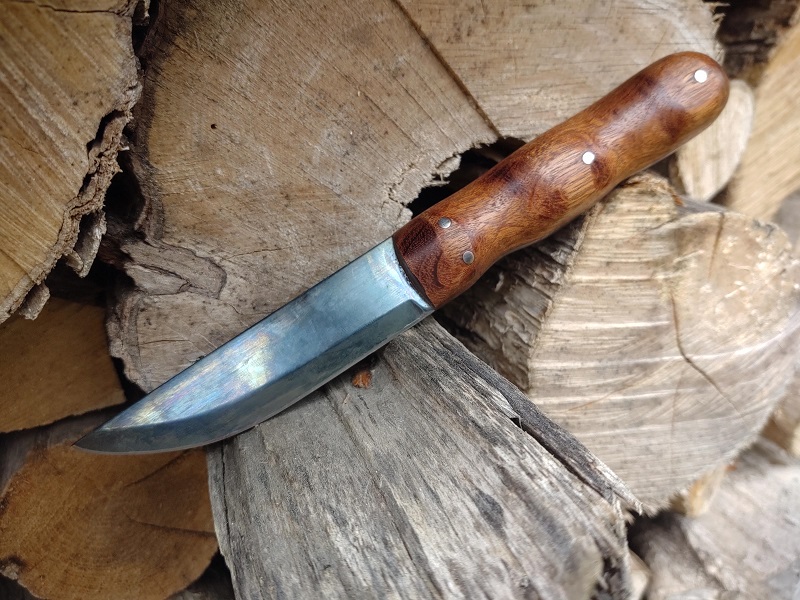

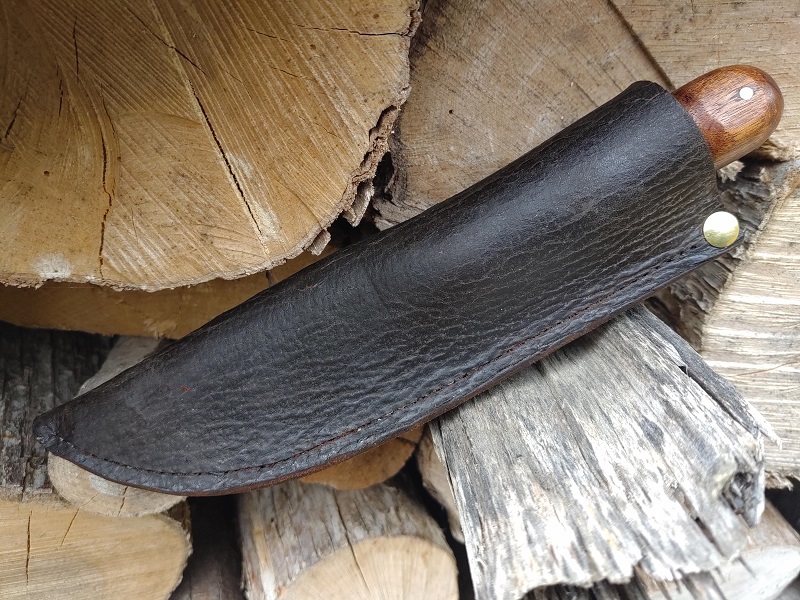
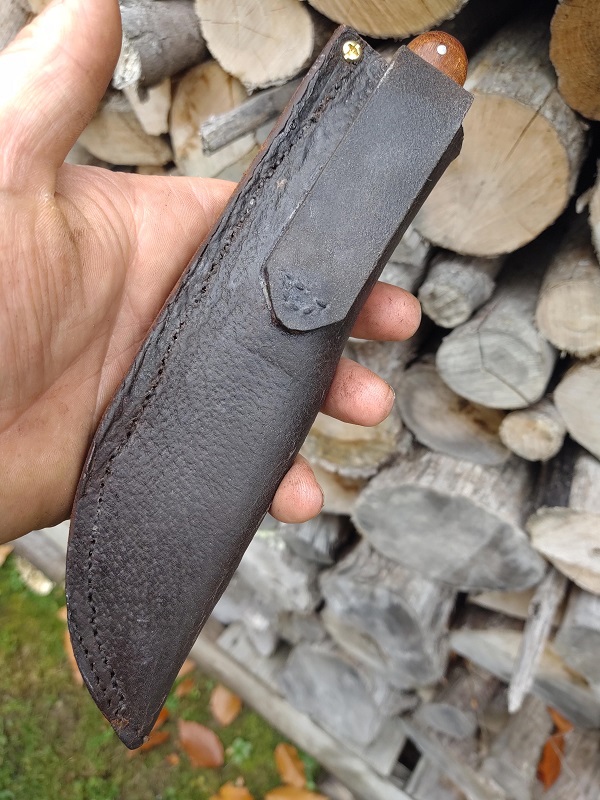
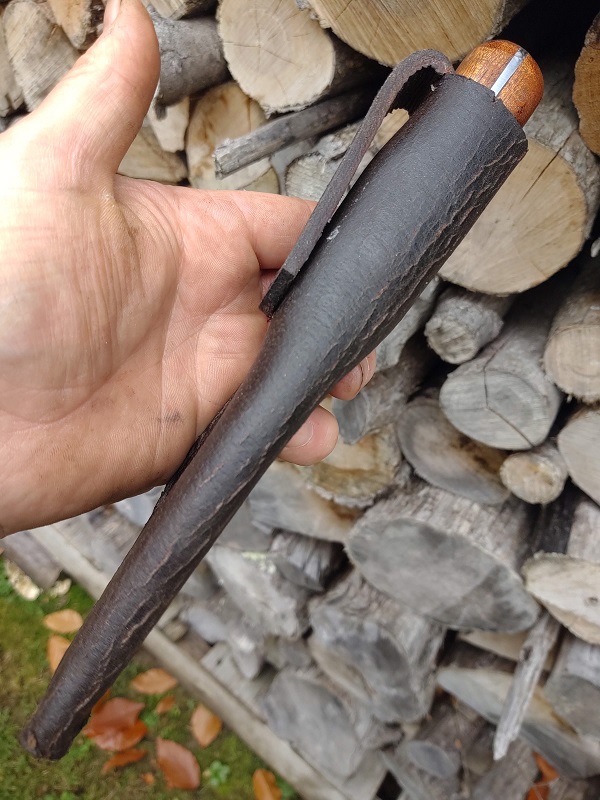
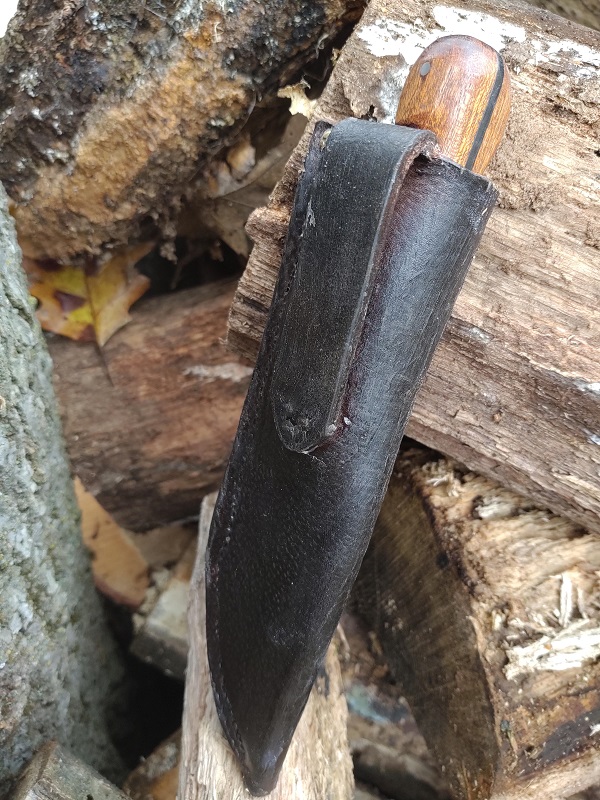
________________
As an Amazon associate, we earn income from qualifying purchases when you click on a link. Your link clicks help us fund our website.________________
